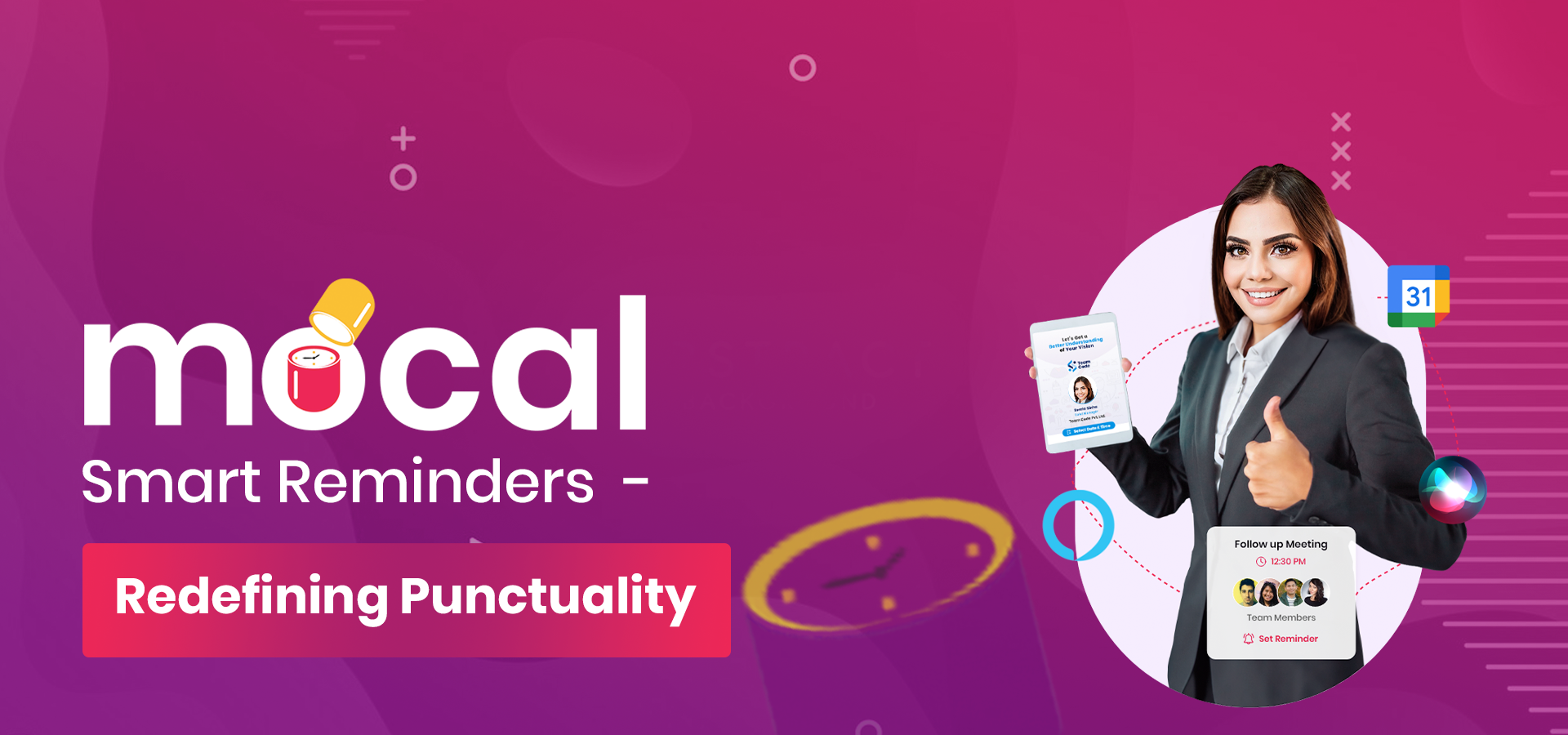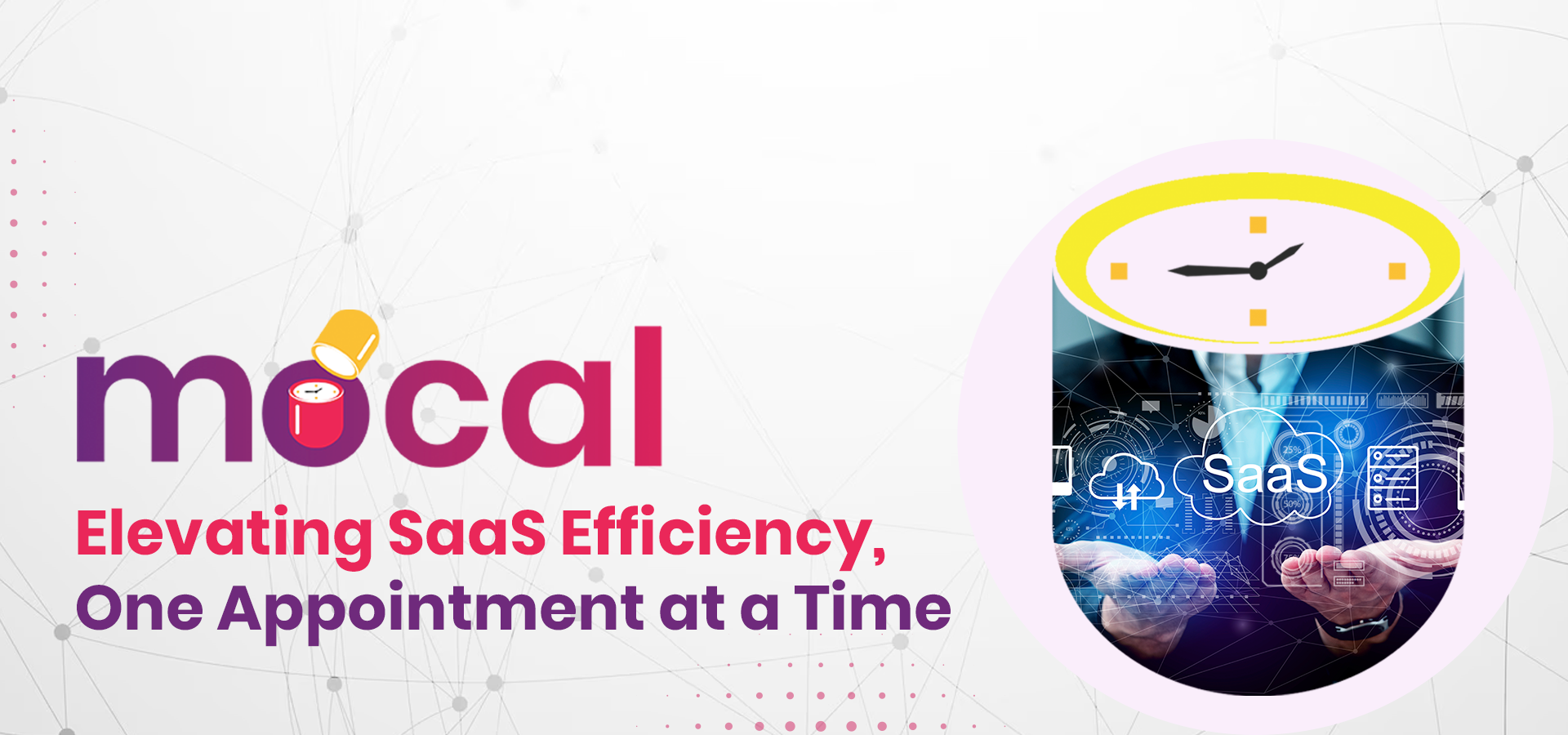Hope you enjoy reading this blog post.
If you want the Moris Media Team to help you get more traffic, just book a call.
Saturday, 22 February 2025
Social media has become an essential aspect of our daily lives in the ever-changing digital landscape. Social media's significance extends from personal communication to business promotion. Surprisingly, this global issue has not escaped the domain of higher education. Instead, it has evolved as a potent communications and learning tool, revolutionizing how higher education institutions interact with their constituents.
Moris Media, as a world-class Social Media Management firm, understands the ins and outs of the industry, so it delves into the what, why, and how of social media in higher education, investigating its profound impact on learning and teaching, building institutional reputation, fostering community, and raising awareness.
In the realm of higher education, social media encompasses a diverse range of online platforms that facilitate communication and interaction between students, professors, administrators, and other individuals involved in the educational process. Some of the popular platforms that fall into this category are Facebook, a widely used social networking site where people can connect and share content, and Twitter, a microblogging platform where users can post short messages and updates in real-time.
Blogs and vlogs allow for longer-form content development and narrative, whereas instant messaging allows for immediate and direct communication. Furthermore, virtual communities provide specialized venues for like-minded individuals to meet and talk.
Due to its enormous user base and numerous functions, Facebook stands out as a preferred choice for many higher education institutions among the many social media platforms. Educational institutions can build official pages on Facebook to share updates, events, and essential information with their communities. Administrators and educators can utilize the platform to share engaging information, like as articles, videos, and images, with students and faculty members, establishing a sense of community and connectivity. Furthermore, Facebook's group feature allows students and educators to create private and public groups, making it easier for them to collaborate on projects, discuss course topics, and share resources.
The incorporation of social media in higher education has resulted in a paradigm change in traditional learning and teaching methodologies. Beyond the physical constraints of schools, social media provides a dynamic and engaging learning environment. Language acquisition, for example, can be enhanced by online language exchange groups in which students from all over the world can practice their language abilities together. After-class discussions can be carried on through sites such as Twitter, where students and educators can engage in real-time debates and share critical insights.
According to research, social media improves learning experiences by encouraging higher involvement and active participation. A psychology class, for example, may use a Facebook group to debate real-life case studies, pushing students to apply their knowledge in real-world circumstances. Students are empowered to become co-producers and contributors to knowledge by actively participating in their educational journey.
Aside from its instructional consequences, social media plays an important role in institutional reputation and awareness. Social media platforms can be used by educational institutions to communicate information about research projects, policy changes, forthcoming events, job openings, alumni engagement activities, and other institutional news. By providing authentic insights into campus life, this purposeful use of social media not only improves an institution's reputation but also attracts potential students. Current students can feel a sense of belonging and pride since their old school actively connects with them on social media.
Furthermore, social media allows higher education institutions to communicate directly with their alumni. Institutions can communicate with graduates, offer updates on institutional accomplishments, and solicit support for fundraising campaigns by maintaining active alumni networks on sites such as LinkedIn and Facebook. Alumni can make important contributions to the development and success of their alma mater.
To fully realize social media's potential in higher education, institutions must solve specific problems while maximizing its tremendous benefits. Concerns about privacy are crucial, and educational institutions can address them by forming private Facebook groups or hosting closed discussions. These designated areas allow for discreet dialogues and information sharing, letting students and educators feel more secure and at ease in expressing themselves.
Furthermore, academics are critical in persuading passive students to actively participate in the social media learning environment. To encourage student participation and interaction, educators should use new teaching tactics and establish an inclusive online environment. For example, during virtual lectures, they can employ interactive quizzes or live polls to keep students involved and encourage them to share their views and opinions.
Effective integration of social media into higher education practices necessitates proper training and mentoring for both students and faculty. To guarantee a uniform institutional voice across numerous social media accounts, institutions should give comprehensive guidelines and rules. Training seminars and workshops can be planned to provide educators and staff with the knowledge and abilities needed to properly use social media in their positions.
Another effective strategy is to make use of user-generated content (UGC). Using institution-specific hashtags to encourage students to contribute their experiences and viewpoints can provide authentic insights into campus life and academic experiences. Higher education schools can use official social media accounts to promote UGC, recruiting new students and building a dynamic collegiate community.
Social media's growth has transformed higher education, providing transformational opportunities for learning, teaching, and institutional participation. Strategic use of social media allows higher education institutions to foster an open and interactive learning environment, allowing students to actively participate in their educational journey. Furthermore, social media can be used to improve school reputation, raise awareness, and develop a feeling of community among students, alumni, and faculty. Higher education institutions must embrace social media's potential and adapt to its ever-changing possibilities as the digital landscape evolves, acknowledging its great significance in enriching the learning experience and increasing student involvement.


The Power of Punctuality: How moCal's Smart Reminders Transform Time Management
Read More
Why SaaS Companies Need MoCal: Enhancing Productivity and Customer Experience
Read More
Surgery in Digital Space: How Digital Doctors Revamp Outdated Marketing Techniques
Read More
The Art of Digital Diagnosis: How Digital Doctors Analyze Marketing Challenges
Read More
Effective Use of Structured Data Markup for Local SEO
Read More